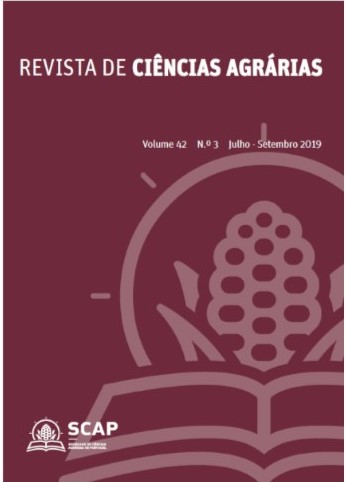Nutritional and health potential of European chestnut
DOI:
https://doi.org/10.19084/rca.17701Abstract
Chestnut is a crisp, sweet soft fruit that has already played an important role in the feeding of many European regions and is still a very popular fruit.
Classical analyzes were used to determine the chemical and nutritional composition of European sweet chestnut. Already, for the determination of the starch content, we use the Lintner polarimetric method. However, the amylose/amylopectin ratio of the starch was measured by gel filtration chromatography.
The values for the chemical composition of sweet chestnut were found very interesting, particularly, the values of vitamin C such as the abundance of mineral salts. Were also surprising the starch value and in this the amylose/amylopectin ratio, when compared with the same ratio in most cereals. The amylose/amylopectin ratio of European sweet chestnut starch may help us to explain many of its beneficial nutritional properties and may prove to be of great importance in the industrial use of chestnut.
Due to the chemical and nutritional characteristics, European sweet chestnut is a recommended food, especially for patients with high cholesterol, diabetics, and patients suffering from celiac disease, since the chestnut does not have gluten.
The aim of this work is to evaluate the nutritional and health potential of sweet chestnut.


